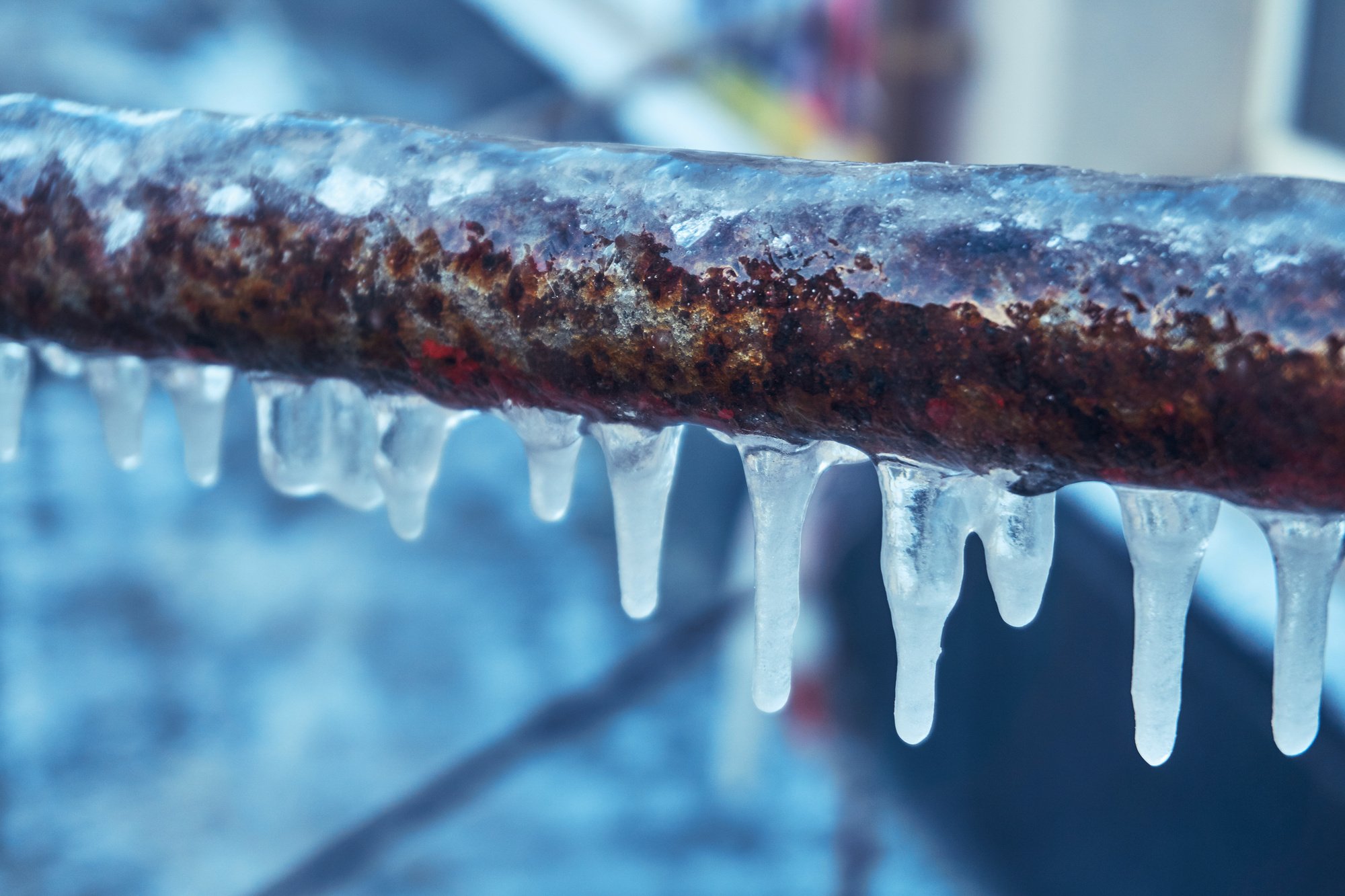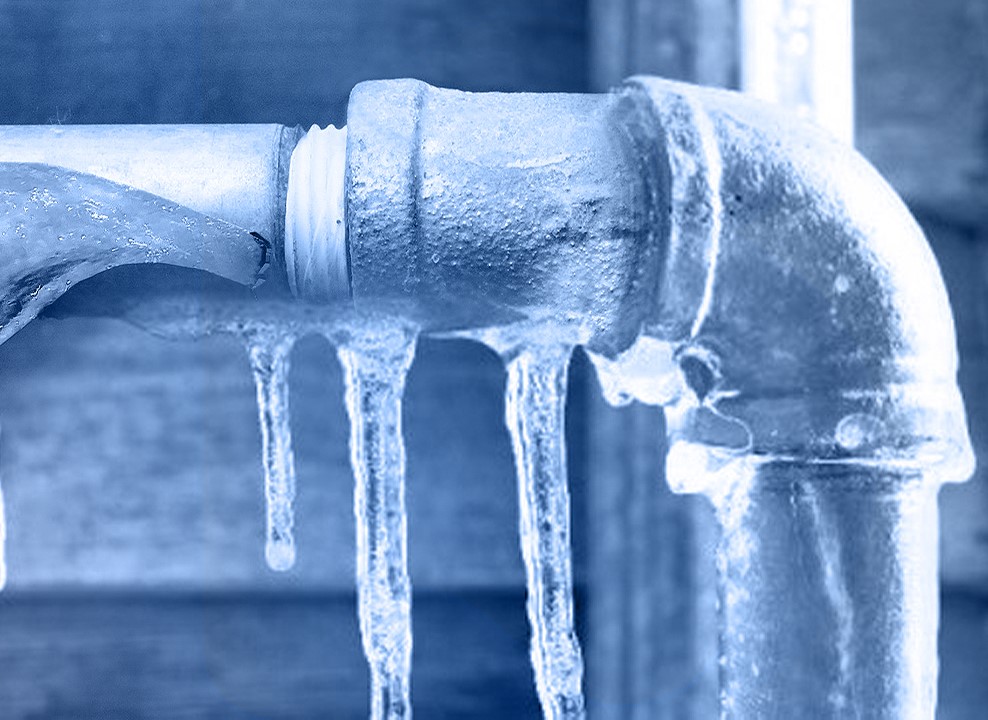Protecting Against Frozen Plumbing in Winter: Critical Advice
Protecting Against Frozen Plumbing in Winter: Critical Advice
Blog Article
Everyone is bound to have their own unique opinions involving Prevent Frozen Pipes .

Winter can damage your pipes, especially by freezing pipes. Below's how to prevent it from taking place and what to do if it does.
Introduction
As temperature levels decrease, the threat of frozen pipelines increases, potentially causing pricey repairs and water damages. Comprehending just how to stop icy pipes is essential for homeowners in chilly environments.
Avoidance Tips
Insulating prone pipes
Wrap pipelines in insulation sleeves or utilize heat tape to shield them from freezing temperatures. Concentrate on pipelines in unheated or exterior locations of the home.
Home heating techniques
Keep interior spaces effectively warmed, specifically locations with pipes. Open up closet doors to permit warm air to distribute around pipes under sinks.
Just how to recognize icy pipes
Look for lowered water circulation from taps, unusual odors or sounds from pipes, and noticeable frost on subjected pipelines.
Long-Term Solutions
Structural changes
Consider rerouting pipelines far from exterior wall surfaces or unheated areas. Include added insulation to attic rooms, basements, and crawl spaces.
Updating insulation
Purchase high-grade insulation for pipes, attics, and wall surfaces. Appropriate insulation helps keep regular temperatures and minimizes the risk of frozen pipes.
Securing Outdoor Plumbing
Yard tubes and outside taps
Disconnect and drain yard hose pipes prior to winter months. Install frost-proof spigots or cover outdoor faucets with insulated caps.
Comprehending Frozen Pipes
What triggers pipes to freeze?
Pipes ice up when subjected to temperature levels below 32 ° F (0 ° C) for prolonged periods. As water inside the pipes ices up, it increases, putting pressure on the pipeline walls and possibly creating them to rupture.
Risks and damages
Icy pipelines can bring about water supply disturbances, home damage, and costly repairs. Burst pipes can flood homes and cause considerable structural damage.
Signs of Frozen Pipeline
Determining icy pipes early can prevent them from breaking.
What to Do If Your Pipes Freeze
Immediate actions to take
If you presume icy pipelines, maintain faucets open up to alleviate pressure as the ice thaws. Use a hairdryer or towels taken in hot water to thaw pipelines slowly.
Final thought
Avoiding frozen pipes requires aggressive actions and quick actions. By understanding the causes, indications, and safety nets, homeowners can protect their plumbing during cold weather.
5 Ways to Prevent Frozen Pipes
Drain Outdoor Faucets and Disconnect Hoses
First, close the shut-off valve that controls the flow of water in the pipe to your outdoor faucet. Then, head outside to disconnect and drain your hose and open the outdoor faucet to allow the water to completely drain out of the line. Turn off the faucet when done. Finally, head back to the shut-off valve and drain the remaining water inside the pipe into a bucket or container. Additionally, if you have a home irrigation system, you should consider hiring an expert to clear the system of water each year.
Insulate Pipes
One of the best and most cost-effective methods for preventing frozen water pipes is to wrap your pipes with insulation. This is especially important for areas in your home that aren’t exposed to heat, such as an attic. We suggest using foam sleeves, which can typically be found at your local hardware store.
Keep Heat Running at 65
Your pipes are located inside your walls, and the temperature there is much colder than the rest of the house. To prevent your pipes from freezing, The Insurance Information Institute suggests that you keep your home heated to at least 65 degrees, even when traveling. You may want to invest in smart devices that can keep an eye on the temperature in your home while you’re away.
Leave Water Dripping
Moving water — even a small trickle — can prevent ice from forming inside your pipes. When freezing temps are imminent, start a drip of water from all faucets that serve exposed pipes. Leaving a few faucets running will also help relieve pressure inside the pipes and help prevent a rupture if the water inside freezes.
Open Cupboard Doors
Warm your kitchen and bathroom pipes by opening cupboards and vanities. You should also leave your interior doors ajar to help warm air circulate evenly throughout your home.

I was shown that write-up about How to Prevent Your Pipes From Freezing from a good friend on a different web address. Please take the opportunity to promote this page if you enjoyed it. Thanks for being here. Please visit our site back soon.
Book An Estimate Now Report this page